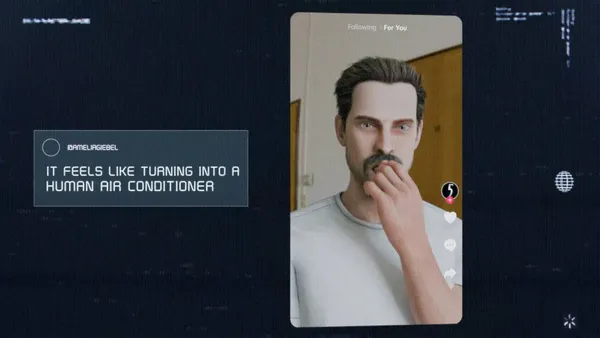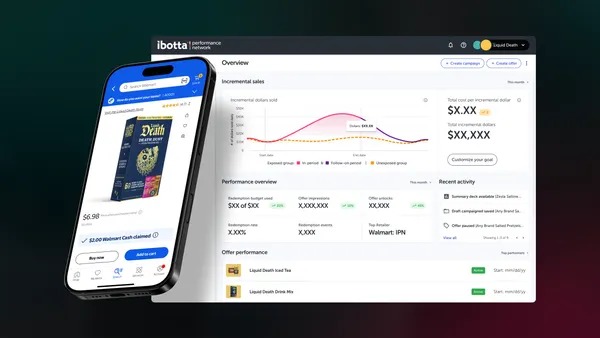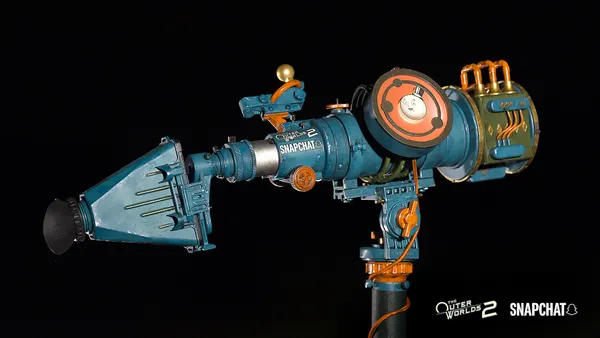Editor's note: The following is a guest post from Johnny Li, Cheetah Mobile's vice president of international business development.
Our world is saturated with ads. They're everywhere — on the street, on TV, online, on our mobile phones. There's probably an ad on your screen as you read this. It's gotten to the point where people automatically tune out most of the ads they see. They'll mindlessly close pop-ups or skip past video ads without thinking. This creates a serious problem for brands and forces marketers to come up with innovative ways to grab people's attention. You can have the best creative, yet still fail to generate clicks or engagement. Here are a few examples of innovative new ad formats to help your marketing team break through the clutter.
Interactive ads
One way to increase engagement and grab consumers' attention is to come up with an ad that's interactive in some way. In addition to piquing customer interest, the benefit of having an interactive ad is that it will keep people's attention for longer. Moreover, if you give people a positive experience, the chances of creating a loyal customer become much higher.
Interactive ads have a fairly good track record. Some mobile ad platforms have seen a 123% increase in conversions for interactive ads when compared to static formats, a statistic that's sure to make brands take notice.
Timberland, the outdoor apparel and footwear company, recently ran an interactive campaign featuring Virgil Gadson, a dancer from "So You Think You Can Dance." As people scrolled through the ad, they would see Gadson dancing and be able to alter his movement and flex his shoes by moving or shaking their phones. According to Timberland's director of consumer engagement, Mike Isabella, the engagement rates for this and the brand's other interactive campaigns have been high — in some cases, "three times the industry benchmarks for creative."
While there's clearly a huge benefit for using interactive ads, the major downside is the amount of work that they require, coupled with the fact that they're very difficult to execute at scale. As a result, it often makes more sense for brands to add custom ads to their repertoire of formats instead of relying on them entirely.
Unexpected placement
Another way for brands to innovate is to display them in places that are unexpected but highly visible. Tumblr's Sponsored Dot is a perfect example of this, giving brands the opportunity to pay to be featured as part of their logo. It's not always open to advertisers, but companies like Starbucks have paid an unspecified amount to replace the period in Tumblr's logo with a branded item — in Starbuck's case, a tiny cup to celebrate National Coffee Day.
Previously, Tumblr had used the dot in a manner akin to the way Google uses its doodles: to mark days such as Valentine's Day and Pi Day and events like the World Cup. The Starbucks Sponsored Dot was the first time the social platform opened the prominent placement to advertisers, although the site already had numerous ways for brands to advertise.
What made the Sponsored Dot particularly genius was that, apart from it being a constant presence on most Tumblr pages, it also linked to a search results page featuring posts about the topic at hand. It ensured that Starbucks remained top of both mind and webpage, and even provided a fun bit of interactivity.
Another way for advertisers to break through the clutter and engage with consumers is by partnering with apps like Cheetah Mobile's AppLock that help Android users secure access to content on their devices or otherwise organize content. In the case of AppLock, brands have an opportunity to own pre-social moments since consumers use the app as a privacy tool to block access to certain Android apps, such as Facebook or WhatsApp, unless a specific swipe pattern is provided. Brands can display ads to users as they attempt to unlock those apps.













